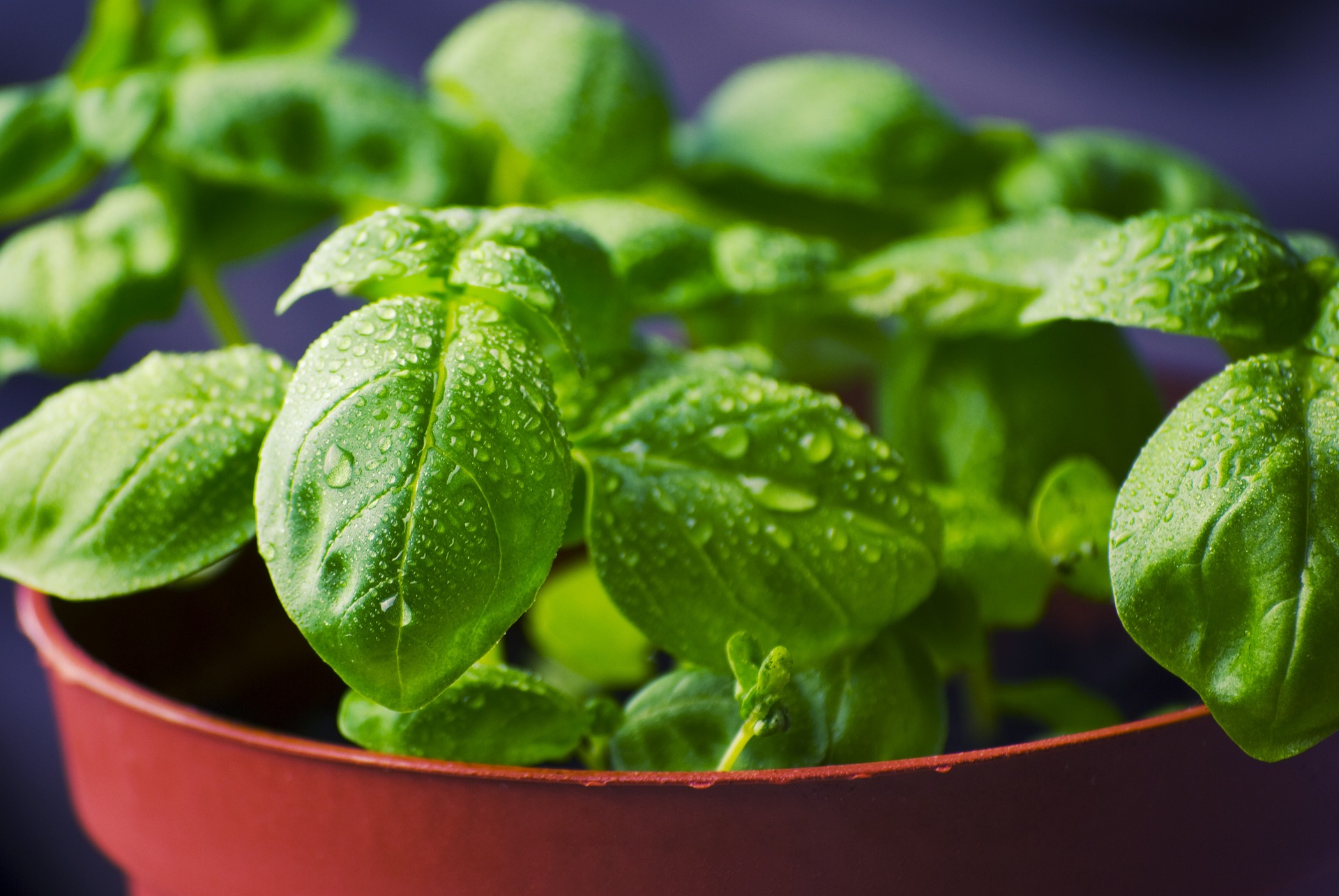Basil is one of the easiest and most popular herbs to grow in your garden. It is great for beginners and seasoned gardeners. You can even grow basil in an indoor herb garden, right in your kitchen window. Fresh basil is great for making homemade pesto and ideal for making fresh sauces like marinara or spaghetti sauce. Basil is a member of the mint family and comes in a variety of flavors. The aromatic leaves include flavors like the lemon mint flavor of sweet basil to the cinnamon spice of Mexican basil. You can plant all different types of basil in your garden to have different flavors on hand. Some have smooth leaves, while others have rigid leaves. They also come in many different colors like rich green, wild yellow and deep purple.

WILL BASIL GROW IN THE SHADE?
Basil, commonly used in cooking Italian dishes, surprisingly originated in India. That must be why basil plants like to grow in hot temperatures. They are accustomed to growing in warmer climates and thrive well at temperatures between eighty and ninety degrees. They also need at least six to eight hours of direct sunlight each day. If you live in warmer climates, you should give your basil plants some time to cool down in the late afternoon shade. If you plant your basil plants in a shady area just be sure that surrounding plants don’t tower over and block out sunlight. You can also rotate your indoor basil plants from window to window or set them outside, to make sure they get the right amount of sunlight. So, yes basil will grow in the shade but not in full shade areas.
PROPER PLANTING AND CARE
Basil plants are sensitive to frost and cold temperatures. You should set your plants out two to three weeks after the last frost. You can even wait until summer to plant your basil. Make sure when planting you space your seedlings at least twelve to eighteen inches apart. This will give them plenty of room to grow. Keep in mind that some types of basil plants can reach lager heights than some of your other garden plants. Plant your garden with the growth of other plants in mind. You won’t want larger plants hogging the sunlight that your smaller plants need. Basil is a ‘soil snob,’ so to speak; it likes rich, moist soil with a balanced pH level. The soil should drain easily to avoid the risk of root rot and have a pH of about six to seven, depending on the type of basil you are planting. During the planting process, add some fertilizer or compost to promote a healthy harvest. It is also a good idea to add mulch to the base of your basil plants. This will help keep the soil moist without overwatering. If you are growing basil indoors use a large pot to keep the soil moist and keep your basil from drying out.
HARVESTING YOUR BASIL
Once your basil plants reach at least six to eight inches in height, it is time to harvest. Harvesting basil is very easy. All you need to do is pinch the leaves off of the stems. When doing this, make sure to pinch the leaves from the tip of the stem so that your basil plant will branch and produce more leaves. You can make use of the stems by adding them to water to create a fresh fragrance in your home. If you don’t plan on using all the leaves, you should still keep your basil leaves pinched. Failure to do so will cause your plant to flower. Once basil plants flower, they stop producing leaves. You will have to plant a whole new basil plant and replace the flowering one.
TYPES OF BASIL
- Genovese – Larger than sweet basil with the same robust flavor.
- Mexican Spice – Purple flowers with lush green foliage. You can’t miss this cinnamon-scented basil.
- Spicy Clove – Great for growing in containers, on the porch or inside. Rapid growth rate produces plenty of harvesting opportunities.
- Lemon – Great for adding a zesty lemon flavor to pesto and other sauces. Relatively small leaves and sometimes hard to harvest.
- Sweet Dani – Has larger leaves and the same zesty lemon flavors of lemon basil with a sweet twist.
- Red Rubin – Great for adding color to your garden and robust flavor to your food. Keeps a bright purple hue all season and is great for flavoring vinegar and other dressings.





